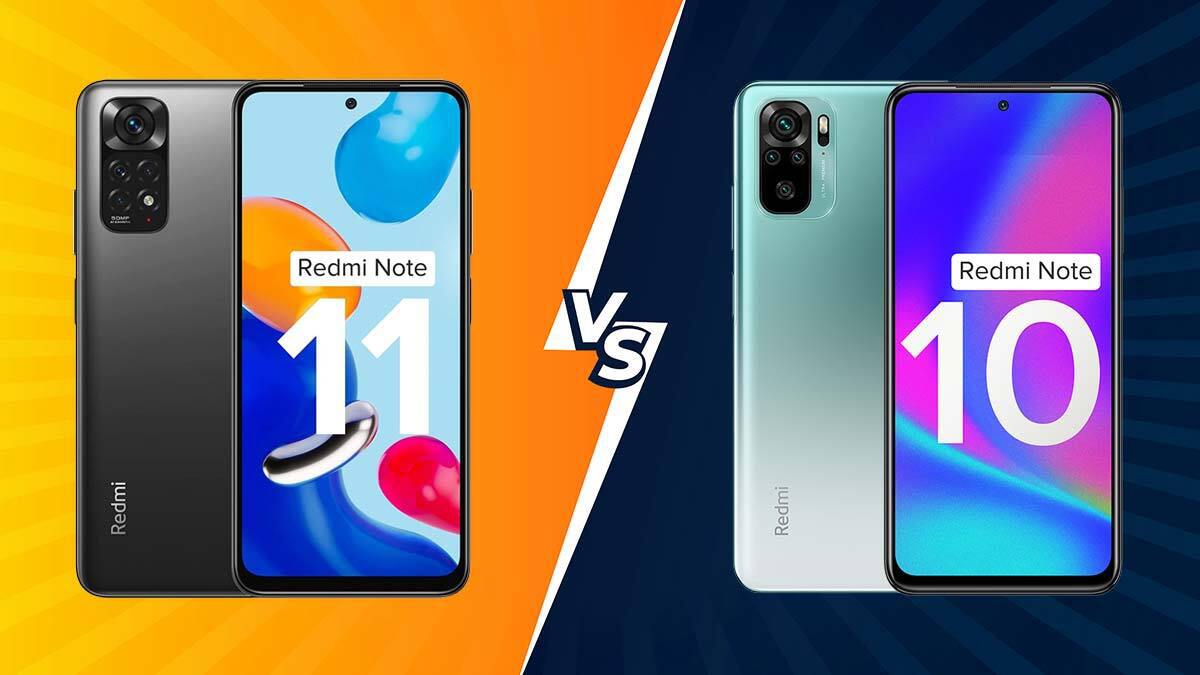Redmi Note 11 vs. Competitors: What Searchinventure Reveals About User Trends

Smartphone buyers today are more informed than ever. They compare specifications, design, features, and price points before making a purchase. In this competitive market, the Redmi Note 11 continues to attract attention, but how does it truly hold up against its rivals? More importantly, what do user trends on Searchinventure tell us about the way consumers evaluate and choose their devices?
This article takes a closer look at the Redmi Note 11, compares it with key competitors, and highlights the shifting behaviors that influence purchase decisions in 2025.
The Rise of the Redmi Note 11
When Xiaomi launched the Redmi Note 11, it was marketed as a budget-friendly smartphone offering premium features at a mid-range price. Over time, it gained strong popularity thanks to:
- Value for money: A balance of solid performance and affordability.
- Modern design: Slim build, large AMOLED display, and user-friendly aesthetics.
- Decent camera setup: Capable of handling daily photography needs without the premium price tag.
- Battery life: Long-lasting performance suitable for heavy use.
Even in 2025, search data reveals that many users still consider the Note 11 a reliable daily driver despite newer devices being available. This shows a growing consumer trend toward longevity over constant upgrades.
Key Competitors in the Same Segment
To understand how the Redmi Note 11 fares, it’s important to compare it with direct rivals. Based on user search patterns, three common comparisons stand out:
1. Samsung Galaxy A Series
Samsung’s A series, especially models like the Galaxy A32 and A33, frequently come up in user searches alongside the Note 11. Buyers often compare:
- Display quality (both offer AMOLED screens).
- Brand reputation (Samsung carries more premium recognition).
- Price-to-performance ratio (Redmi Note 11 often undercuts Samsung on cost).
Trend Insight: Many consumers who prioritize brand reliability lean toward Samsung, while cost-conscious users favor Xiaomi.
2. Realme Narzo and Number Series
Realme has become a significant competitor, especially in India and Southeast Asia. Its Narzo and number series attract attention for:
- Aggressive pricing.
- Fast-charging capabilities.
- High-refresh-rate displays.
Trend Insight: Realme appeals to a younger audience seeking performance for gaming and entertainment, whereas Redmi attracts a wider demographic looking for a balanced device.
3. Poco Smartphones
Interestingly, Poco—another Xiaomi sub-brand—is also compared heavily with the Note 11. Phones like the Poco M4 Pro share similar specs but focus on:
- Slightly higher performance tuning.
- Gaming-friendly optimization.
- Flashy designs for youth appeal.
Trend Insight: Search data reveals many potential buyers cross-check between Redmi and Poco before making a final choice.
What Searchinventure Reveals About User Trends
Analyzing search behavior provides valuable insights into how consumers think before buying. Here’s what recent patterns suggest:
1. Growing Preference for Mid-Range Phones
Search volume indicates a clear tilt toward mid-range smartphones like the Redmi Note 11, even when flagship models dominate headlines. Affordability combined with “good enough” performance drives most buying decisions.
2. Longevity Matters More Than Hype
Instead of chasing the latest release, many users continue searching for reviews, tips, and after-sale support for the Note 11. This suggests a trend where durability and sustained performance are valued more than flashy upgrades.
3. Camera and Battery Drive Comparisons
On Searchinventure, queries such as “Redmi Note 11 camera vs Galaxy A33” or “Note 11 battery vs Realme” are common. This highlights that buyers prioritize practical features like all-day battery life and reliable photography over complex specifications.
4. Price Sensitivity Remains Strong
Consumers in emerging markets continue to search for discounts, offers, and “best value” guides. The Redmi Note 11 often emerges as a winner in affordability-based comparisons, solidifying its place in the budget-to-mid-range segment.
5. Shift Toward Online Reviews and User Experiences
Instead of relying only on official specs, users increasingly search for real-world experiences on platforms like Searchinventure. Queries such as “Redmi Note 11 heating issue” or “Note 11 long-term review” show that purchase decisions are now heavily influenced by community feedback.
Redmi Note 11: Strengths in User Perception
Looking at user-generated search trends, the Note 11 is praised for:
- Reliable performance for daily tasks.
- AMOLED display in a budget segment.
- Efficient battery management lasting a full day.
- Affordable pricing compared to Samsung and Realme.
These strengths reinforce why the phone remains in demand despite newer competitors.
Where Competitors Gain the Edge
While the Redmi Note 11 holds its ground, competitors do gain advantages in some areas:
- Samsung: Trusted software updates and brand recognition.
- Realme: Faster charging and higher refresh rates for smoother performance.
- Poco: Gaming optimization and youth-centric branding.
These differentiators show why users still weigh their options carefully before making a purchase.
What This Means for Buyers
Based on search patterns and user interest, a few recommendations emerge for different buyer types:
- Budget-focused buyers: Redmi Note 11 remains one of the best picks for affordability without sacrificing too much on performance.
- Brand-conscious users: Samsung A-series may be worth the extra cost for reliability and software support.
- Performance seekers: Realme and Poco stand out with higher refresh rates and faster charging, making them better suited for gaming and heavy use.
The Bigger Picture: Changing Smartphone Habits
The comparison between Redmi Note 11 and its competitors reveals a larger trend—users are becoming more strategic about their smartphone purchases. Instead of chasing annual upgrades, many prefer to:
- Stick with a device longer if it meets essential needs.
- Rely on community-driven platforms like Searchinventure for authentic insights.
- Value battery, camera, and price more than raw specs like processors.
This shift reflects a more practical and research-driven buyer mindset in 2025.
Final Thoughts
The Redmi Note 11 continues to compete strongly in the mid-range market, even with tough rivals like Samsung, Realme, and Poco in the mix. Searchinventure data highlights a clear trend: users are prioritizing value, practicality, and long-term reliability over constant upgrades.
For buyers, the choice depends on whether brand trust, performance extras, or affordability takes priority. But one thing is clear—the Redmi Note 11 has carved out a lasting position, and user behavior proves it remains one of the most relevant mid-range smartphones in recent years.



